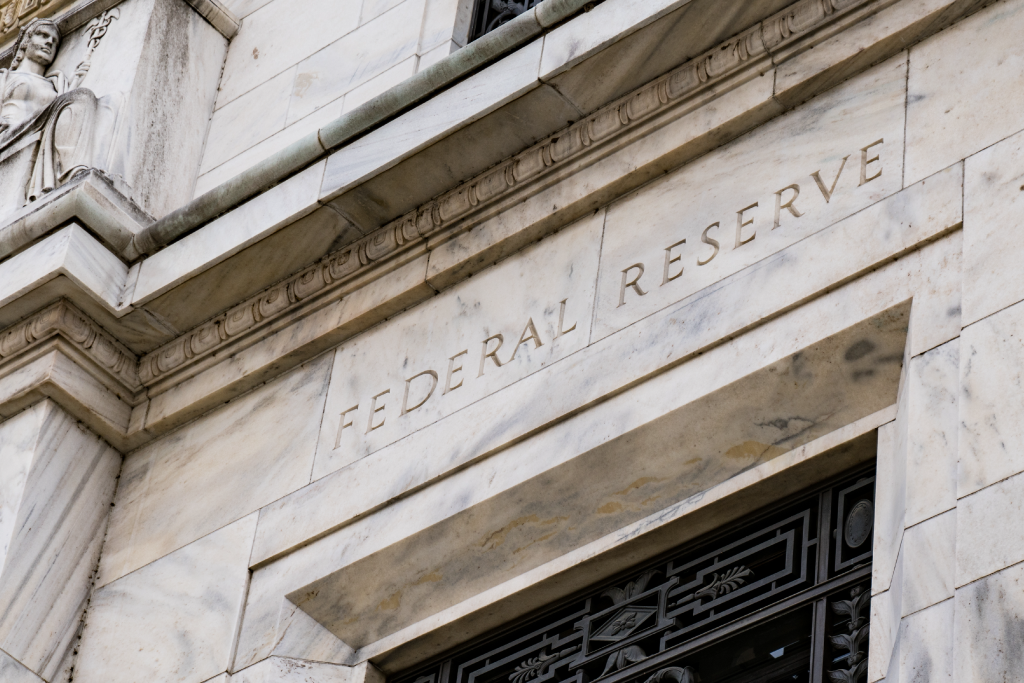Fed Cuts In Line With Expectations, Yields Increase On The News - Zillow Research

Today, the Federal Open Market Committee (FOMC) decided to lower its key policy rate by 50 basis points, marking the first interest rate cut since the onset of the Covid pandemic. This move aims to prevent the policy stance from becoming too restrictive on economic activity. Although inflation has cooled and the risk of future flare-ups has lessened, the slowing economic growth raises the risk of the economy stalling or contracting. Consequently, the central bank initiated the first of many rate cuts to maintain sustainable economic growth.
As inflation and economic growth are expected to fall, and the risk of recession rises, the demand for safe assets increases, pulling down Treasury yields and mortgage rates. A lackluster jobs report in August shifted Fed expectations, causing yields and mortgage rates to fall. Investors had anticipated the Fed's rate cut, and these expectations were already priced into mortgage rates.
More impactful than the rate cut itself was the release of the Fed's summary of economic projections, which shows the fed funds rate easing to the 3% to 3.5% range by 2025. The committee now projects the fed funds rate will end 2025 roughly 70 basis points lower than in its June Summary of Economic Projections. The dot plot suggests another 50 basis points cut before the end of the year, with the fed funds rate falling to 3.4% in 2025 and 2.9% in 2026, aligning with market expectations.
Chairman Powell stated that the FOMC would reduce the fed funds rate gradually, depending on the economy's reaction. Despite projecting a small increase in the unemployment rate, the Fed's continued reduction of its securities holdings indicates some confidence in the economy's stability. Treasury yields, which mortgage rates tend to follow, fell slightly on the news but remained on track to end the day higher.
Short-term rates are expected to decline slowly with gradual Fed rate cuts, but longer-term rates like mortgage rates could remain anchored near current levels. For buyers sidelined by costs, today's market presents a good entry point. Mortgage payments on a typical home purchased today would cost a buyer $1,200 less per year than one bought in May. Buyers are gaining options and leverage in negotiations, with the number of active listings up 22% from a year ago.
Lower mortgage rates could lead to more competition among buyers, even in the typically slower fall season. Despite higher inventory, the share of listings with a price cut has peaked and moved slightly lower. The share of builders using sales incentives, the average price reduction for newly built homes, and the share of builders cutting prices all fell in September, according to the National Association of Home Builders.
Although the market is improving, sellers should understand that affordability remains a challenge. Successful sellers are meeting buyers where they are, with well-priced and well-marketed homes still selling in just 20 days, six days faster than before the pandemic. For those ready to buy a home, waiting for rates to drop further carries some risk, as mortgage rates aren't expected to fall much more. This is partly because the central bank is no longer a buyer of mortgage debt. Chair Powell reiterated that the Fed would continue to reduce its holdings of Treasury securities and mortgage-backed securities.
Today's rate cut does not guarantee a steady fall in mortgage rates in the future. Expectations for further rate cuts are already priced in, and if the Fed under-delivers as new data comes in, mortgage rates could rise again.





Start the discussion
Become a member of Crib Metrics - Fresh Housing Market Insights and Analysis to start chatting with our AI Real Estate Market Analyst about the article Fed Cuts In Line With Expectations, Yields Increase On The News - Zillow Research
Already a member?